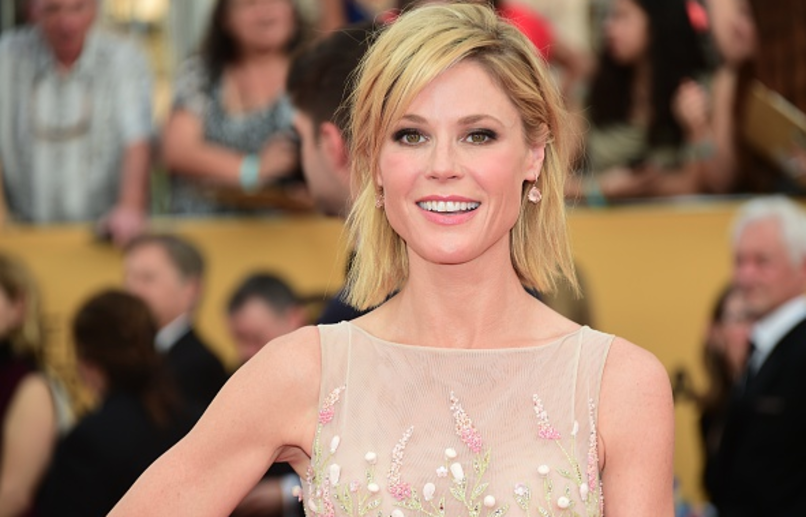TWENTY years have passed since comedian Adam Sandler unleashed one of the most timeless comedies in cinema history.
For some reason, everything about the movie clicked.
But what, exactly, gives Happy Gilmore such gravitas?
As it celebrates it’s 20th anniversary, here are six things we love about Happy Gilmore:
- The Swing:
Even those who’ve never watched Happy Gilmore know the Happy Gilmore swing. If you’ve never tried it, you’re either a) too old to pull it off or b) a liar. Oh, I’m sure there’s a puffy crowd stating the act is above them. But if it’s good enough for the best player in the world, it’s good enough for you:
Nice Happy Gilmore to start the day @JordanSpieth pic.twitter.com/HyKA8xkPYd
— Jake Owen (@jakeowen) December 14, 2015
2. The Horrible Attention to Golf Details:
Where to begin? A “400 Yard” sign on a driving range; a caddie suggesting a five-iron for a green-side chip; the “Professional Golfers Tour;” Happy putting with a hockey stick, which I’m sure was USGA conforming; professional golfers, some of the most well-dressed athletes in the world, rocking wardrobe that looks to be from thrift stores; hole fly-overs that are clearly from a different course.
But, echoing the above’s position, that’s why the movie works. These are inside jokes; a non-golfer wouldn’t recognize the absurdity of a 400-yard driving range sign, or the idea of a “gold” jacket. (Note: I once constructed a 400-yard sign at the course I worked at, thinking people would get the reference. They did not.)
So yeah, watching one of the movie’s characters hit a ball off a giant’s foot because the rule book states you have to “play it as it lies” garners an eye roll, but it’s an eye roll coupled with a laugh, knowing you’re one of the few in on the proceedings.
3. Verne Lundquist and Lee Trevino Cameos:
4. Julie Bowen:
I’m told the average male hits puberty at age 13, but I remember Bowen eliciting a “Hey now, this girl doesn’t seem to have cooties” response from 10-year-old me the first time I saw this film. I also recall my fellow elementary classmates calling me crazy; she wasn’t THAT attractive.
A decade later, Bowen became the mom of America thanks to her role in Modern Family:

5. The Gilmore – Barker Brawl:
I would have loved to be in the screenplay pitch when, “So, we were thinking we’d have a tournament mimic the Pebble Beach Pro-Am, with Sandler paired with Bob Barker, and eventually they fight to the death” came up. It’s wonderfully orchestrated, with Barker buying into the scene wholeheartedly:
6. Shooter McGavin:
Forget sports cinema; McGavin might be the greatest cinematic villain, period. Played brilliantly by Christopher McDonald, McGavin is a jealous, callous, obnoxious bastard. He steals every scene, with every line more poetic than anything Walt Whitman could conjure:



